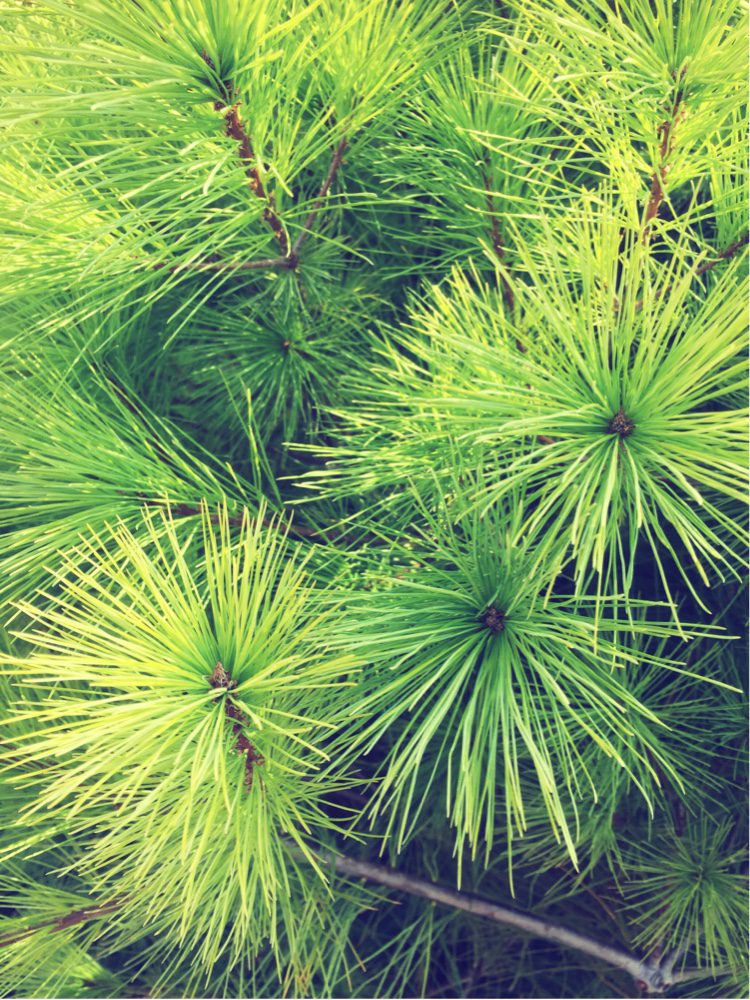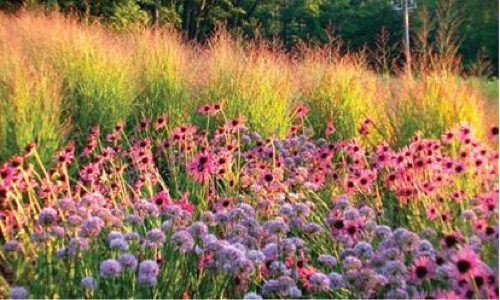How to select plants with texture and why its important?


The wonderful texture of Pinus Strobus
Understanding texture
Texture is all around us and from an early age when we see something new or unusual we instinctively want to touch it. It helps give it meaning. Once we have touched something a few times we understand it more. We can start to create comparison. Texture can be seen as well as touched. It is not always something we consciously register, although we do recognise it instinctively. When planning a garden scheme texture is often neglected in favour of colour and aspect. However the contrast between different textures gives a garden a sense of drama, so it is vital not to underestimate its importance.
Creating contrast
Getting the right balance of plants with texture is key to the success of any border. Too much of the same thing and the space is just a series of green blobs. A little structured variety will create a more appealing scheme. Mix different shapes, colours and textures to introduce contrast and variety.

Mix different shapes, colours and textures to introduce contrast and variety
How to group textures
The shape and texture of the plants you choose will have an effect on the way your garden is perceived. Bold textured plants can seem closer than they actually are, while fine textured plants seem further away. To make a small bed seem deeper, plant coarser (bolder) textured plants towards the front, medium textured plants in the middle and fine textured plants at the back. If you want a large area to appear smaller and more intimate, reverse those suggestions. Accentuate textures by grouping similar plants together, uniformly spaced.

Accentuate textures by grouping similar plants together, uniformly spaced.
Types of texture
- Fine – small leaves, light, airy fillers. Examples are soft ferns, gypshophila, verbena, yew, lavender
- Medium – foliage and branches that are neither overly large nor small and delicate; most plants fall in this category.
- Bold – big architectural leaves that demand attention, such as tree ferns, musa (banana plants), cordyline and phormium, or fatsia. If overused, they can make a space feel smaller.

Fine textured plants make a space seem bigger

Medium texture is what most shrubs are

Bold texture accounts for a lot of architectural planting
The glossiness of a leaf also affects the texture. How the light is reflected off a leaf determines whether it has a fine or coarse texture.
Great plants with texture to enliven your border
- Picea sitchensis
- Taxus baccata
- Pittosporum tenuifolium ‘Elizabeth’
- Panium virgatum ‘Prarie Sky’
- Zantedeschia aethiopica
To check out more interesting and useful textured plants please visit our ever evolving Pinterest board. For help with your border design, please do get in touch.
